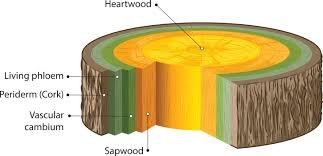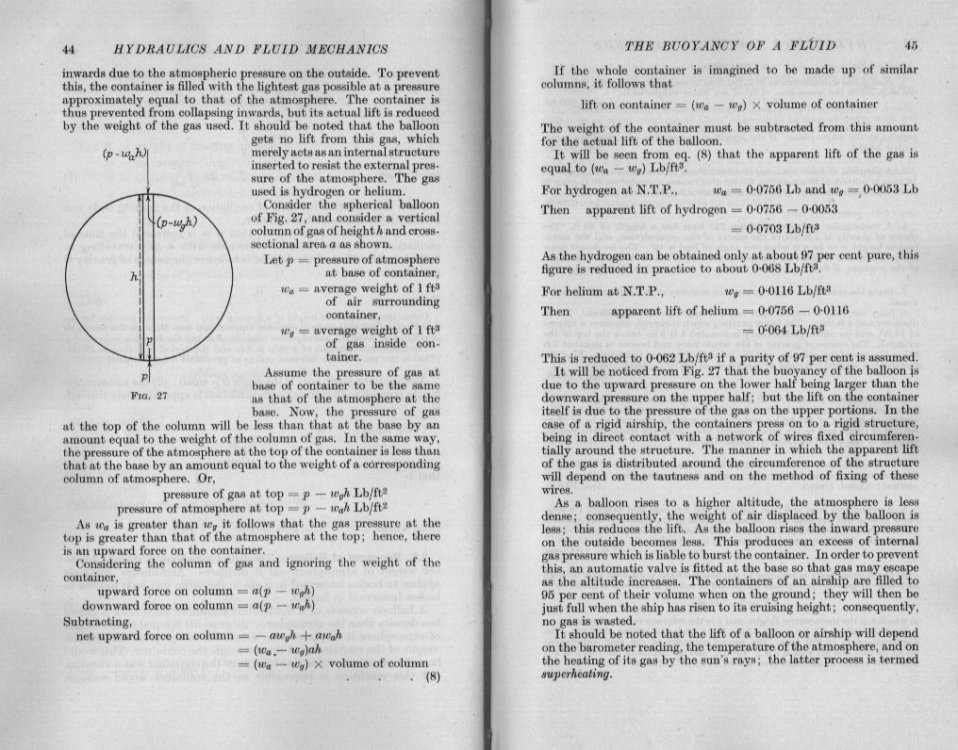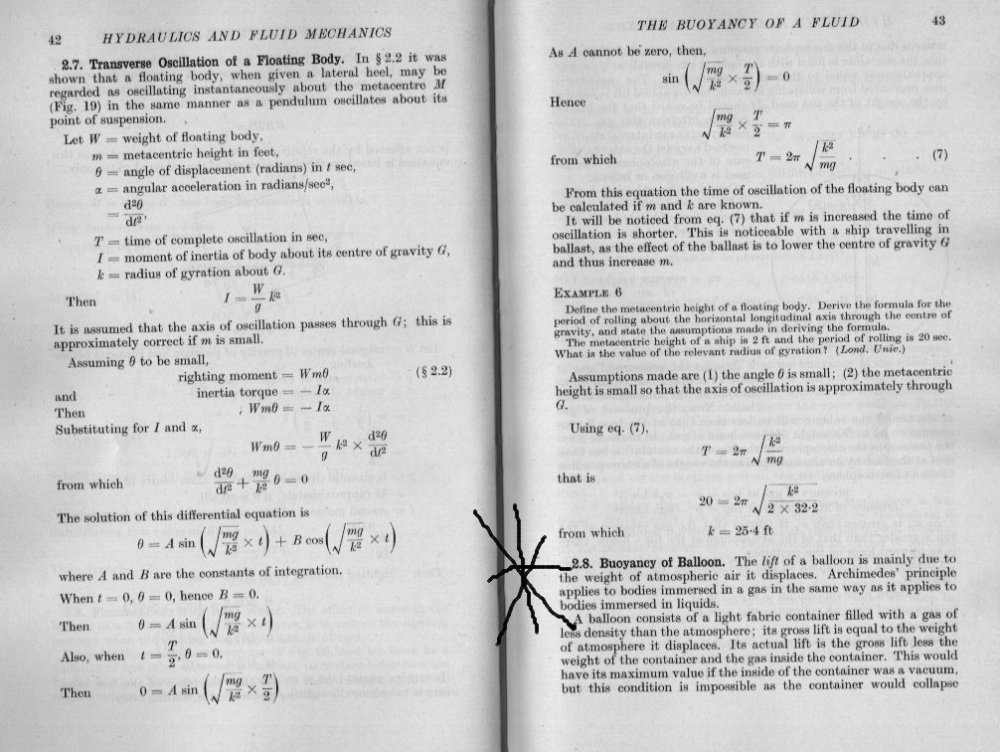Leaderboard
Popular Content
Showing content with the highest reputation on 01/29/23 in all areas
-
It is partially true, but perhaps not universally so. A few key points, the dying from and with COVID-19 can bit a bit muddled, depending on whether a give jurisdiction separates that data. Looking back at 2022, the omicron waves have hit countries quite differently and I think what we start to see is a change in the immunity status of the population. For example, for Canada 2022 was the deadliest year yet, as Omicron has swept the country and reached vulnerable populations that were not exposed during the less contagious waves (in conjunction with public health measures). Now that Omicron has infected the majority of the population basically everywhere, the hope was/is that they may be more resilient when it comes to severe disease. Some data seems to show that with some areas having relative constant, COVID-19 specific hospitalizations, despite having increasing infections when new variants arrived at some of the areas I have looked at. In However, there are several issues with that. The biggest in my mind is that national data is at this point not terribly useful if you want to understand public health impact. In my mind, at the latest since Omicron the risk has shifted from individual risk, to population risk. Due to the massive and still not abating spread of Omicron lineages, our health care system is now systemically impacted. This includes obvious parameters such as hospitalization and death, but also increased risk of infection in vulnerable folks (e.g. cancer patients, immunosuppressed individuals, diabetic folks or otherwise vulnerable to inflammation). Whether you are hospitalized with or because of COVID-19, SARS-CoV-2 can cause complications. On top, we have lingering effects of sever inflammation and other issues, which ultimately put an almost constant pressure on virtually every health care system in the world. This has a ripple effect, resulting in excess health burden that simply would not exist without COVID-19. Especially in low population density countries, outbreaks have vastly different impact on the health care system, too. I.e. if the next hospitals is hours (or days!) away a few missing beds due to COVID-19 hospitalizations can have vastly more impact than in area where folks can be shuffled between hospitals, for example. So in aggregate I would agree that the COVID-19 situations is, as a whole, in a different situation than at the beginning of the pandemic, with rapid mass deaths being less likely (at least so far). On the other hand it is still a bit of a semantic trick. Even if we do not think of it as an emergency, folks will die on a daily basis, we will have continued pressure on our health care system and our overall health is still going to be impacted. Perhaps one can think of it as the aftermath of a Tsunami, folks are less likely to be swept into the ocean now, but if thinks are not fixed, risk of cholera and other issues will increase. There are also a couple of rather bad takes from the author of the article that I do not agree with. For example the assertion that the daily deaths in the US are comparable to a bad flu season does not take into account that those numbers would represent about 3-4 months of flu. In contrast in the post-emergency situation of COVID-19 that is rate that is mostly non-seasonal (i.e. continues throughout the year). I am also slightly perplexed why he picks out Denmark, when I believe the UK actually has actually segregated data. A quick check shows me that pre-COVID-19 England had somewhere between 1-2k deaths per year. In 2022 about 18k cases had COVID-19 as cause. Even if that was not stringent enough, and we cut it by half, at least for the whole year the situation does not seem that great. And I would also add that flu is not harmless. There is a reason why health authorities beg us to get vaccinated every year. And having two serious diseases circulating is going to put further strain on our health care systems. The tragedy is that once we move off the ledge, many think that the thing is over and it is time to have a picnic. In truth, the cliff is crumbling, and has for a long time, regardless whether we call it an emergency or not. Edit: I clicked through some of the links in the article and my assessment on the article is not improving. Some might be just mislinked, as they do not seem to show the data the author was citing. But perhaps worse, he is citing an author who publicly made false statements on COVID-19 and vaccines. I am not saying that the overall thrust of the article is inherently wrong, but the way it is built looks too much like cherry-picking to me. And if I were to write an opinion piece, I would stay the heck away from folks who have promoted falsehoods. Edit 2: One of the things I feel that is missing is an honest discussion of what kind of disease burden we, as a community, feel acceptable. This includes direct damages due to the disease, but also disruptions in our health care and related factors. Howe much are we willing to spend vs what kind of damages (including deaths) do we feel is justifiable for a given price? Edit 3: I should add the disclaimer that I am not an epidemiologist nor do I work on public health systems. As such this is really just my opinion based on my work and interactions with local health authorities as part of related projects.3 points
-
I can see a house being made up of living trees, I've seen trees grown into various shapes, some resembling houses and even partially functional, but moving objects? Maybe with a lot of genetic engineering.2 points
-
A small spanner here. A large part of a living tree is dead. If the outer layers of the tree remain intact, the heartwood will not decay, even though it is dead and retired sapwood. Some believe heartwood must be the most important part of the tree due to the fact that it is called “heart”. However, the name just refers to the central position of the heartwood in the tree. 27 Sept 20192 points
-
Because it didn't "GO MISSING"! 500 kJ of heat @ 500 K has been transformed to 100 kJ of Shaftwork plus 400 kJ of heat @ 400 K It's still there but at a lower temperature. Add a second machine operating between 400 K and 300 K and that 400 kJ of heat @ 400 K can be further transformed into another 100 kJ of Shaftwork plus 300 kJ of heat @ 300 K On some space base for example with ready access to a cryogenic heat sink, you can potentially recover almost all of the original 500 kJ of thermal energy. Just recognise that extracting the kinetic energy from slow moving particles requires contact with particles that are almost stationary. I think one of the main issues is a very confusing terminology. In the above example we have one (ideal) machine with a 'thermal efficiency' of 0.20 coupled to another with a 'thermal efficiency' of 0.25. Normally when we combine various efficiencies in series we multiply them together and would expect an overall efficiency of 0.05. And yet here we get an overall 'thermal efficiency' of 0.40. It sends a very odd message. To a practical layman, a low efficiency figure implies some failings in the design that can be incrementally improved with a little attention to detail. This is an entirely understandable viewpoint to take. But the above examples are idealised, 'perfect' machines with no avoidable losses. By any reasonable definition they should be classed as 100% efficient. As they would be if instead of W/QH we accepted the Carnot limit for what it is and used Machine Efficiency = W/QH x TH/(TH - TC)2 points
-
Many inland peoples (eg African Bushmen, Australian desert Aborigines) who lived for many generations without any access to sea-foods have been healthy with fully working brains; the idea that early hominids couldn't develop large brains without an aquatic lifestyle sounds doubtful to me.2 points
-
To piggyback - the abstract in the OP is poorly written, but I think what it's trying to say is that there is implicit biases in the way chemistry is taught, that favor/disadvantage students based on social/racial background. As CharonY points out, notations assume familiarity with a Phoenician alphabet and a periodic table originally written in English. This has the potential effect of implicitly biasing the learning of traditional chemistry to favor native speakers of Germanic languages. While a redox reaction remains the same whether you describe it using scientific notation, Sanskrit or pelvic thrusting, the way a student is expected to describe it on a exam usually has an underlying set of implicit assumptions and biases. While identifying such biases and altering pedagogy to level the playing field is a worthwhile endeavor, calling such biases "white supremacy/white violence/etc" is pretty eye roll inducing and something I personally think detracts from and diminishes the actual goal of identifying and ameliorating implicit bias from education and society at large.2 points
-
What is the point of this mental exercise ? Live plants cannot be used as structural components because they need delicate appendages, only a tree trunk would provide the required strength. At best, they would be a 'novelty' add-on, still needing the underlying structure, and adding nothing but weight. This added weight, along with much poorer aerodynamics, would be catastrophic for fuel burn in any commercially viable enterprise, or, if the purpose is simply 'greening' aviation, counterproductive, as it requiresmuch more fuel ( fossil ) for the wquivalent ( where possible ) results. You will note that many of the answers are ridiculing in nature ...1 point
-
I think we are still talking past each other. You refer to the assertion by OP, whereas I am referring to the article linked in the OP. My point is that you and OP assume that the article refers to science in terms of natural processes (e.g. the chemical reactions themselves) whereas the article refers to the knowledge building, which requires a scientific system. The latter is built by folks using language, specific notations and theoretical frameworks that are based on nature, but are not natural and hence objective themselves. Any science ultimately makes models that approximate and describe the natural world. And inherently, we accept that these models are artificial and often flawed to a certain extent. The important point, however, is that these models are useful in specific circumstances, despite the flaws. What the article tries to do is a more philosophical treatment of the scientific system, i.e. the elements that surround the model building.1 point
-
Sure, that's easy. Both trees and houses are rooted. Cars and planes have to move, or else they're just houses. You can make a plant-based car move if you construct it like a tumbleweed, covered in solar skin (possibly made of sunflower stem fibers) for motive power, but the passenger compartment would have to be equipped with a gyroscope, or else you'd have to hose it out every time you arrived at a destination. It may be speculated that genetic modification can achieve these combinations. Your plane would have to be glider, built on the principle of a maple key or Pterocarpus rohrii. Seeds are alive, but they don't need watering. Didn't all airplanes used to have wooden frames? No challenge in that!1 point
-
They know the temperature of combustion inside their machines. They have to, to choose the right alloys, calculate expansion, estimate expected NOx generation for emissions compliance, and all manner of other things. You have no conception of how much detailed work goes into the design of an industrial engine or turbine. A power turbine does not put out exhaust below ambient, obviously. You are, as you so often do, introducing irrelevant anecdotes to muddy the discussion. You can get obviously get Joule-Thomson cooling by expansion from the outlet of a compressed air supply. But we are not, I say again NOT going to get distracted by that latest irrelevance of yours. What are you doing here, Tom?1 point
-
No it isn't. You can't play the victim card when you're the aggressor. I'm simply calling you out. No. You continually misdirect the discussion by ignoring central themes and cherry picking peripheral trivia to have a snipe at. You're bringing absolutely nothing to the table to support your views other than blind persistence. Call it belief, faith, or just plain trolling: the one thing it isn't is science. Your opinion carries less weight here than you imagine. I see no point in trying to share knowledge with someone who has no interest in it. What are you doing here, Tom?1 point
-
Viruses that target bacteria are known as bacteriophages. Bacteriophages have been tried as possible medicine. The idea is at least a century old or more. It is my understanding that the level of success was very limited. Experts can give you a more complete account. Google for "bacteriophages as antibiotics" and you will find many entries.1 point
-
I haven't read this thread, so I apologise to those who have made a similar point. Of course our ancestors crawled out of the ocean's, to live in a different version of a fluid ocean and so of course we wouldn't evolutionarily discard a fluidic benefit. Of course it's true, but people swimming is not part of human evolution. 😉1 point
-
The tricky part is, what happens to the weights? What effect do they have on the belt when they go up and down? ... and D*A < 100,000 liters! 😆1 point
-
A deliberate refusal to acknowledge the points of view of others when they challenge with your own 'faith'. Deliberate misdirection of the discussion and wrong. The vast majority of collisions are not head on. Kinetic energy gets shared out. There is a nett flow of heat to the cold sink. Conspiracy theory. Irrelevant historical detail. You really don't have the slightest interest in being enlightened do you? Why exactly are you here?1 point
-
I think the biggest problem is the roots, a root free tree could easily fly in a hurricane. 😉1 point
-
Are the living plants inside the plane count? I don't think it is necessarily so. They can be small sturdy plants, like cactus, for example:1 point
-
It is clear that there are flying planes made of dead wood known. I'm talking about a living tree. I think the biggest problem is weight and aerodynamics.1 point
-
1 point
-
As you have defined, A=W-B and a=W-b. This definition means that A and a are directed down. But be careful: if for example B>W then A is negative. What does it mean that negative force, A, is directed down? It means that a positive force, -A, is directed up. However, we can continue to consider down forces A and a knowing that a negative force down means a positive force up. Since B>b, it removes from W on the left more than on the right, and A<a. In other words, the downforce on the left is smaller than the downforce on the right. The balance will make right side to move down and the left side to move up. We can simplify more. Instead of the membranes consider pistons in the cylinders. On the right side, the weight of the piston makes it to go all the way inside the cylinder to its bottom. This cylinder would not experience any buoyancy (ignore the walls thickness), only the weight. On the left side, the weight of the piston makes it to go all the way to the edge of the cylinder (something stops it there). This cylinder would experience the same weight as on the right but also a buoyancy. The weights on the left and on the right cancel and the buoyancy on the left would make the left cylinders to float up.1 point
-
1 point
-
Fly though a cloud ? No, the body was made of balsa wood. The twin engines were made of metal and I presume the fuel tanks and lines.1 point
-
1 point
-
Most new planes have a high content of carbon fibre composites; carbon which, at one time, used to be living. How would you water a plane made of living plants ???1 point
-
The reactions are obviously independent of the operator. However, the interpretation depends on the whole system that has been built around chemistry. The notations we use for example are the one that we found useful and therefore we teach it. Yet it does not mean that the ways we describe the reactions are objectively the only way to do it. In other words nature, is truly objective and independent of people. However, the way we investigate and interpret nature is not.1 point
-
The most successful warplane of all time was made from wood. I know that's dead, but still it's worth mentioning.1 point
-
Well done you have the right of it. +1 A hot air balloon will only stay inflated of the internal pressure is greater than the external pressure, otherwise it will collapse. I'm sory but this analysis is just plain inadequate. Here is a standard analysis of the subject @Saber please ask if you need anything further.1 point
-
There are a number of videos that show if you toss a ball vertically on a moving platform, it comes back down to the point of origin on the cart. such as So insisting that the ball would come straight down when the cart is moving is a non-starter; we can see that the ball doesn’t do this. The ball travels a greater distance in the lab frame than in the cart’s frame. The wrinkle for the light clock is the restriction that the speed of light is the same in both frames. d = ct. Since d is greater and c is the same, t must be greater1 point
-
I didn't dispute the obvious or say what you apparently think I said somewhere at some time, being that I'm not 5 years old. What I disputed was the idea that the clock moving horizontally meant that photons had to travel a longer path in the same amount of time. In Einstein's day, lasers hadn't been invented yet so apparently he could actually get people to believe that light emitted vertically could travel on a slant. What's YOUR excuse for believing it long after lasers were invented? Do you actually think that's logical, that a laser beam could change its direction of wave propagation from vertical to 40 degrees from vertical just because the emitter is moving sideways? You think that makes perfect sense huh? Interesting.-1 points
-
-1 points
-
-1 points
-
All I will say is that you appear to me to have very poor powers of logic. Thanks for participating in my thread, it's been a slightly interesting pastime but I grow weary of it so bye.-1 points














